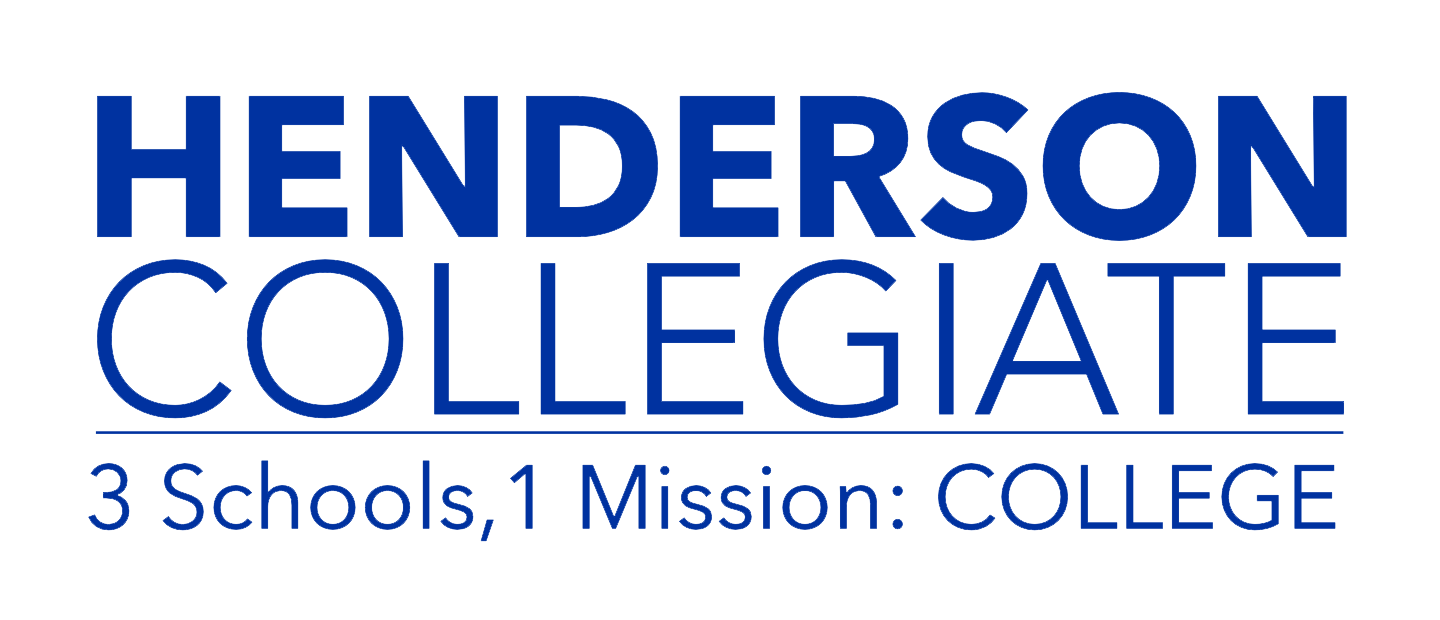![g258258000000000000f173a1f5e71bc376bf7df893892bc5e8ca5042a6[1]](https://hendersoncollegiate.org/wp-content/uploads/2015/07/g258258000000000000f173a1f5e71bc376bf7df893892bc5e8ca5042a61-300x225.jpg)
When Tracey Greenway’s son graduated from Vance Charter, she began to look for alternatives to Vance County high schools.
For the Henderson resident, the Vance County Schools system wasn’t an option for her son. She decided to send him, instead, to Oxford Preparatory High School, which opened its doors this year with about 70 ninth-graders.
“It’s great to have someone willing to step out and make a change,” Greenway said of the school’s executive director, Andrew Swanner.
Greenway’s move is part of a larger trend in the county, which has seen decreasing student enrollment in the public school system for the past five years.
In addition to the growth of local charter schools, the county’s student population has fallen over the past several years.
Based on data from the N.C. Department of Public Instruction, the Vance County total student enrollment decreased 18 percent between the 2006-2007 school year and the 2012-2013 school year and the state predicts the student population will continue to drop until at least 2018.
The student population in Vance County has also dropped.
From 2006 to 2012, the number of children under 18 in the county fell 8 percent, but in that same time period the total county population rose by 2 percent, according to data from the N.C. Office of State Budget and Management.
More charters
Terri Hedrick, the VCS public information officer, said the decrease in the county’s student population has heavily impacted the falling student population in county schools.
“The population of families with school-age children has declined as well,” Hedrick said.
But she said the charters have contributed to the trend.
“We have six school systems in this county, so certainly that is going to affect the student population, and it is going to be more fragmented,” she said.
Since the 100-school cap on charters was lifted in June 2011, more charter schools have opened in Vance County and neighboring communities.
The N.C. Office of Charter Schools received 156 letters of intent for schools wanting to open as charter in fall 2014.
On Sept. 5, more than 20 charter school applications were approved for fall 2014, which increased the number of charter schools in the state from 129 to 155.
The law that lifted the charter school cap also allows existing charter schools to increase enrollment growth.
There are two charter schools in Vance County, but neither currently have high school grades.
Vance Charter, which opened in 1999 with about 130 students, received 403 total applications for the 2013-2014 school year and 317 are on the waiting list.
Sean Connolly, principal at Vance Charter, said kindergarten has the longest waiting list and the largest number of spaces available every year.
Connolly said the school typically averages about 400 applications per year and around 70 openings per year.
Kerr-Vance Academy, a kindergarten through 12th grade private school in Henderson, recently announced plans to convert to charter.
Paul Villatico, principal at Kerr-Vance, said enrollment has decreased and he thinks the school’s tuition is an obstacle for some local families.
Villatico said he wants to provide families with more options.
“We know there is a need, and we have an opportunity to serve the community,” he said.
Henderson Collegiate, which opened in 2010 with 100 fourth-grade students, has about 400 students in fourth through seventh grades. The school plans to add a class of students each year to create grades from fourth to 12th.
Henderson Collegiate’s popularity has also increased.
Eric Sanchez, a founder and leader of the school, said he used a blind lottery system for the first time this year to select students because Henderson Collegiate received about 95 total applications for the 21 openings in the sixth and seventh grades.
“In the fourth grade we are adding about 100 students, but in the upper grades, the available spots are in the single digits,” Sanchez said.
Different but similar
Charter and public schools are both tuition-free and funded through local, state and federal sources, but charters operate outside of the local school district.
Like public schools, charter school students must take state mandated exams and at least meet the student performance standards adopted by the State Board of Education.
Hedrick said one of the major differences is charter schools can, under specific circumstances, turn some students away.
But charter schools are not allowed to deny students admission based on academic performance, race or family income.
“We can’t say ‘we are not taking your application because you don’t meet the profile we are looking for,’” said Swanner, executive director of Oxford Prep.
If a charter received more applications than spots available, however, they can put students on a waiting list and students are chosen through a blind lottery.
Charter schools, unlike traditional public schools, can accept students from outside the county.
For example, Oxford Prep draws students from the surrounding counties: 40 percent of students live in Oxford, 40 percent are from Henderson and the remaining come from Creedmoor, Franklinton or Warren County.
But about 300-315 of the 400 students at Henderson Collegiate are from Vance County, with the rest from Granville, Warren or Franklin counties.
There is also a difference in teacher qualifications.
Charter schools require at least 50 percent of teachers receive state certification, while the public schools expect all teachers to have certification.
Hedrick said teachers in Vance County Schools without certification must complete all requirements by the end of their third year of teaching.
But at some charters, like Oxford Prep, all of the teachers are certified.
At Henderson Collegiate, the teachers supplement their training by observing teachers at other successful charter schools.
Caitlin Dietrich, director of development, said the entire teaching staff at Henderson Collegiate traveled to North Star Academy Charter School in New Jersey to observe the teachers and discuss what they saw.
The majority of teachers at Henderson Collegiate are current or former Teach For America members.
“Our teachers are huge here,” Dietrich said. “We recruit great teachers.”
Another major difference is charter schools can require parents to volunteer a certain number of hours per year. For Greenway, the Oxford Prep parent, the required volunteer hours for parents attracted her to the school.
Hedrick said public schools cannot enforce that requirement.
“We can always suggest and encourage, but we can’t actually require,” she said.
While there may be differences, Sanchez said all the schools are striving toward the same goal.
And for him, it’s not about “us versus them.”
“We see ourselves as on the same side as the educational entities in this community,” he said. “The impact we have on children and the collaboration we have had with many educators can only be a benefit to the children of Vance County. We, at Henderson Collegiate, would embrace collaboration between any and all entities in this community that want to help children.”
Contact the writer at smansur@hendersondispatch.com.
TOTAL ENROLLMENT
The total enrollment of Vance County Schools in last seven years:
2006-2007: 8,155
2007-2008: 7,863
2008-2009: 7,691
2009-2010: 7,431
2010-2011: 7,140
2011-2012: 6.970
2012-2013: 6,680
Source: State Board of Education, Department of Public Instruction.
UNDER 18
The population for Vance County under the age of 18 in the last seven years:
2006: 12,034
2007: 11,788
2008: 11,717
2009: 11,586
2010: 11,541
2011: 11,341
2012: 11,138
Source: Office of State Budget and Management, State Demographics Branch.
TOTAL POPULTION
The total population for Vance County in the last seven years:
2006: 44,653
2007: 44,802
2008: 45,091
2009: 45,267
2010: 45,422
2011: 45,558
2012: 45,530
Source: Office of State Budget and Management, State Demographics Branch.








